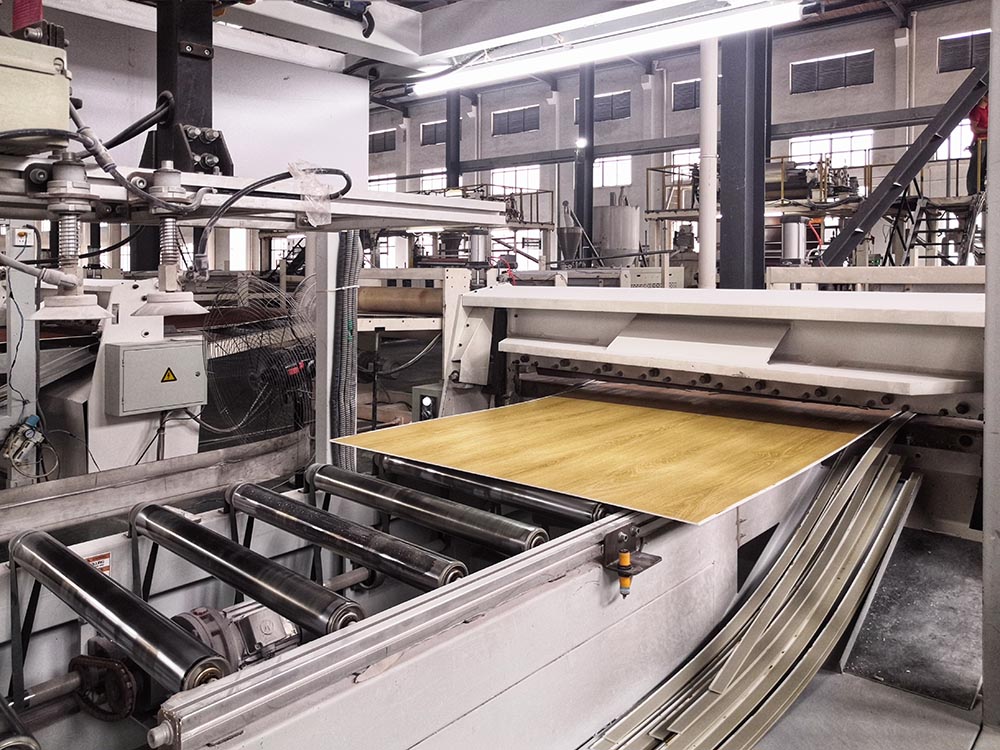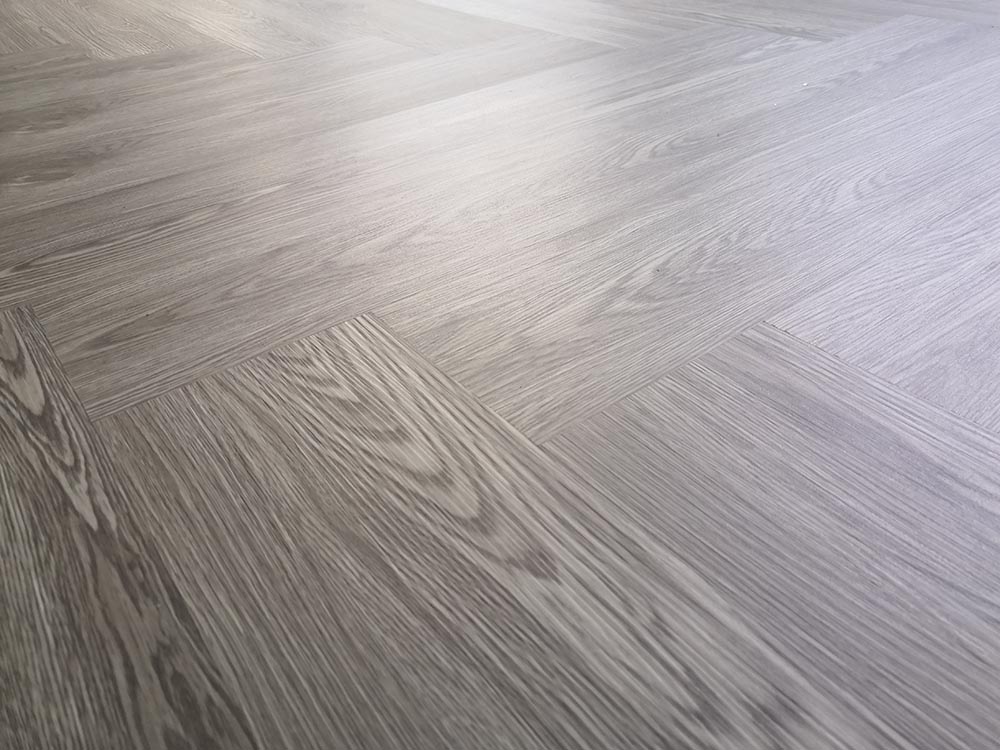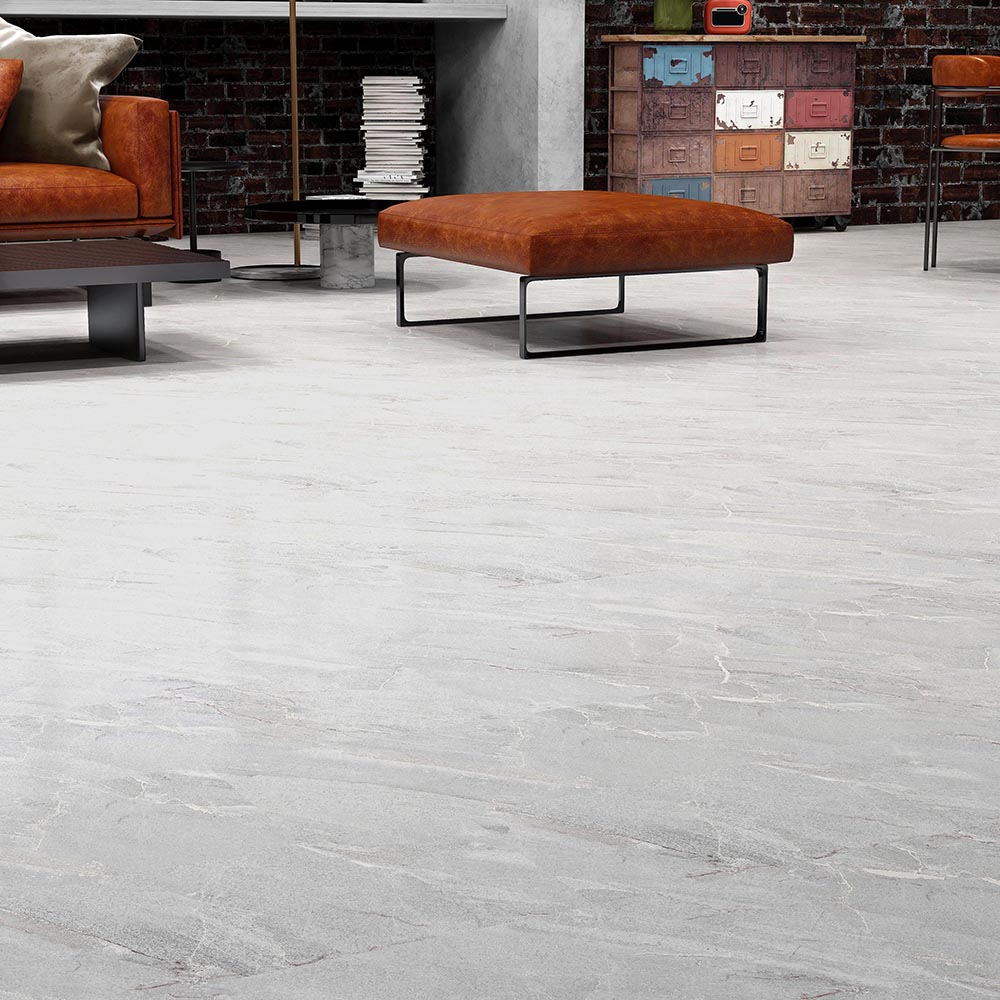In the quest for eco-friendly home upgrades, flooring choices carry more weight than ever. Among the contenders, SPC (Stone Plastic Composite) flooring has surged in popularity for its durability and water resistance—but how does it stack up when it comes to environmental performance? Let’s cut through the marketing hype and break down the facts, from raw materials to end-of-life impact.
The Material Breakdown: Where SPC Stands
At its core, SPC flooring is a blend of two key components: calcium carbonate (limestone-derived stone powder, making up 50-70% of the mix) and PVC (polyvinyl chloride, the binding thermoplastic). This unique composition sets the stage for its environmental pros and cons.
Calcium Carbonate: A Low-Impact Foundation
The stone powder in SPC is a naturally occurring mineral, mined from limestone deposits. Unlike hardwood flooring, which requires felling trees, or ceramic tiles, which demand energy-intensive kiln firing, extracting and processing calcium carbonate has a relatively low carbon footprint. Many manufacturers also recycle leftover stone powder from production scraps, reducing waste sent to landfills. This mineral base gives SPC its rigidity without relying on virgin wood or excessive fossil fuels.
PVC: The Controversial Workhorse
PVC is where the debate heats up. As a synthetic plastic, it’s derived from petroleum—a non-renewable resource. Traditional PVC production can release harmful chemicals like dioxins if not properly controlled, and some older formulations included phthalates (plasticizers linked to health concerns). However, modern SPC manufacturers are shifting to “phthalate-free” PVC and stricter production standards, mitigating these risks. The key distinction? PVC’s durability: when properly made, it resists degradation, meaning SPC floors can last 20+ years—far longer than carpet or laminate, reducing the need for frequent replacements.
Production: Energy, Emissions, and Innovation
The environmental impact of SPC doesn’t stop at raw materials—it’s shaped by how it’s made.
Many leading brands now prioritize energy efficiency in manufacturing. For example, using solar-powered factories or recycling heat from production processes cuts down on fossil fuel use. Water consumption is another area of progress: closed-loop systems recycle 90% of water used in cooling and cleaning, minimizing wastewater.
Waste reduction is a standout feature, too. SPC production generates minimal scraps, and what does exist is often ground up and reintroduced into new flooring batches. This “circular” approach reduces the need for virgin materials, a practice certified by programs like the Global Recycled Standard (GRS) for brands that include post-industrial recycled content.
That said, PVC production still carries inherent risks. Facilities with poor oversight may release toxic fumes, which is why third-party certifications matter. Look for SPC products certified by FloorScore or Greenguard Gold—these labels guarantee low emissions of volatile organic compounds (VOCs), ensuring both environmental and indoor air quality safety.
In-Use: Eco-Friendly Performance at Home
Once installed, SPC flooring continues to influence your home’s environmental footprint—mostly for the better.
Its water resistance eliminates the need for harsh sealants or waterproofing chemicals, which can leach into soil or waterways. Unlike hardwood, which may require refinishing with toxic stains every few years, SPC needs only mild, water-based cleaners to stay looking new. This reduces the release of harmful substances into your home and the environment.
Durability is another eco-win. SPC’s scratch, dent, and moisture resistance mean it rarely needs replacement. In contrast, carpet might need replacing every 5-10 years, and laminate can warp under moisture, leading to more frequent landfill waste. By extending the lifecycle of your flooring, SPC lowers the overall resources consumed over time.
One caveat: avoid cheap, uncertified SPC. Some budget options use low-quality PVC blended with heavy metals or unstable additives, which can off-gas VOCs or degrade quickly, negating any environmental benefits.
End-of-Life: Recycling Realities
We’ve touched on this before, but it’s worth revisiting: Can SPC be recycled?
The short answer is yes, but with challenges. Calcium carbonate is easily recyclable—crushed and reused in construction materials or new SPC production. PVC, however, requires specialized facilities to process. While mechanical recycling (grinding and reusing) is possible for rigid PVC like SPC, it’s not yet widespread. Many curbside programs don’t accept it, and incinerating PVC releases dioxins, making proper disposal critical.
Thankfully, some brands are stepping up. Companies like Forbo and Tarkett offer take-back programs, ensuring old SPC floors are recycled into new products. As demand grows, we’re likely to see more infrastructure for PVC recycling—making SPC’s end-of-life impact increasingly manageable.
How SPC Compares to Other Flooring
To put SPC’s eco-credentials in perspective, let’s stack it against common alternatives:
Hardwood: Requires logging (often from unsustainable forests) and high water/energy use in milling. Shorter lifespan (15-25 years with care).
Laminate: Made with HDF (high-density fiberboard) from wood pulp, plus resin adhesives that may emit VOCs. Prone to water damage, leading to frequent replacements.
Ceramic Tile: Energy-heavy production (kilns run at 1,000°C+), and heavy weight increases transportation emissions.
Carpet: Often contains synthetic fibers (petroleum-based) and VOC-releasing adhesives. Difficult to recycle; most ends up in landfills.
SPC isn’t perfect, but its long lifespan, low maintenance needs, and evolving recycling infrastructure make it a strong middle ground—especially when choosing certified, responsibly made products.
Choosing a More Eco-Friendly SPC Floor
Ready to pick an SPC floor that aligns with your green values? Look for these markers:
Certifications: FloorScore, Greenguard Gold, or LEED v4 compliance signal low emissions.
Recycled Content: Brands advertising post-industrial recycled PVC or calcium carbonate reduce virgin material use.
Take-Back Programs: Opt for manufacturers with end-of-life recycling initiatives.
Transparent Supply Chains: Brands that publish sustainability reports (like Mohawk or Shaw) are more accountable for their environmental claims.
Final Thoughts: Progress Over Perfection
SPC flooring’s environmental performance is a story of balance. Its reliance on PVC brings valid concerns, but advancements in production, certifications, and recycling are mitigating these issues. When compared to shorter-lived, resource-heavy alternatives, SPC’s durability and low-maintenance design often make it a more sustainable choice for long-term use.
At the end of the day, no flooring is 100% eco-friendly—but by prioritizing certified, responsibly made SPC, you’re voting for a market that rewards progress. After all, sustainability is a journey, and every choice moves us closer to greener homes.
Post time: Aug-08-2025




